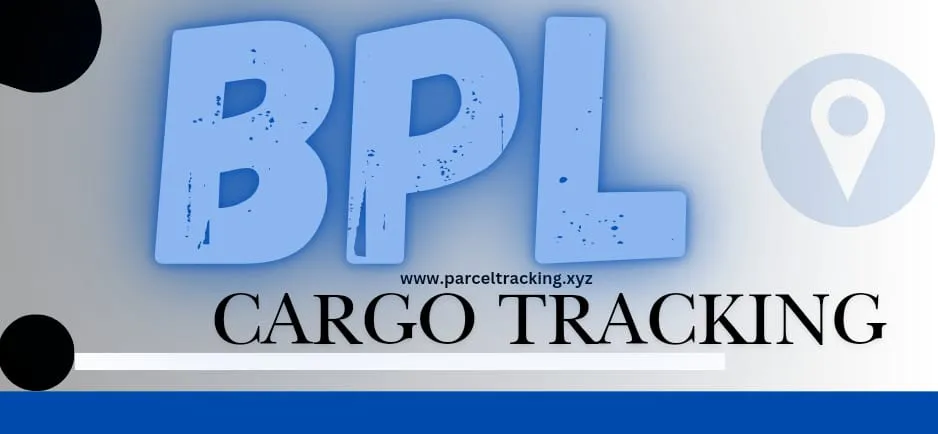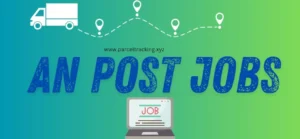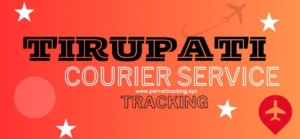BPL Cargo Tracking is an essential service that helps businesses and individuals monitor their shipments from start to finish. In this comprehensive guide, we’ll explore everything you need to know about BPL Cargo Tracking, making complex shipping processes easy to understand.
What is BPL Cargo Tracking?
BPL Cargo Tracking is a specialized system that allows customers to follow their shipments in real time. Imagine having a digital window into your package’s journey, where you can see exactly where it is and when it might arrive. This service provides peace of mind and transparency in shipping logistics.
Key Benefits of Cargo Tracking
- Real-Time Location Updates: Know exactly where your package is at any moment.
- Estimated Delivery Times: Get accurate predictions about when your shipment will arrive.
- Shipping Transparency: Understand the complete journey of your cargo.
How to Use BPL Cargo Tracking
Step-by-Step Tracking Process
- Find Your Tracking Number
- Located on your shipping receipt
- Typically a unique series of numbers and letters
- Essential for accessing shipment information
- Access the Tracking Platform
- Visit the official BPL Cargo website
- Look for the “Track Shipment” or “Tracking” section
- Enter your tracking number in the designated field
- Interpreting Tracking Information
- Current Location: Shows the most recent checkpoint
- Status Updates: Indicates progress through shipping stages
- Estimated Delivery: Provides a predicted arrival time
Types of Cargo Tracking Technologies
GPS Tracking
GPS tracking uses satellite technology to provide precise location information. This method offers:
- Accurate geographic positioning
- Real-time movement tracking
- Detailed route information
Barcode and QR Code Tracking
These technologies use scannable codes to:
- Update shipment status
- Track package movement through different checkpoints
- Provide quick and efficient information updates
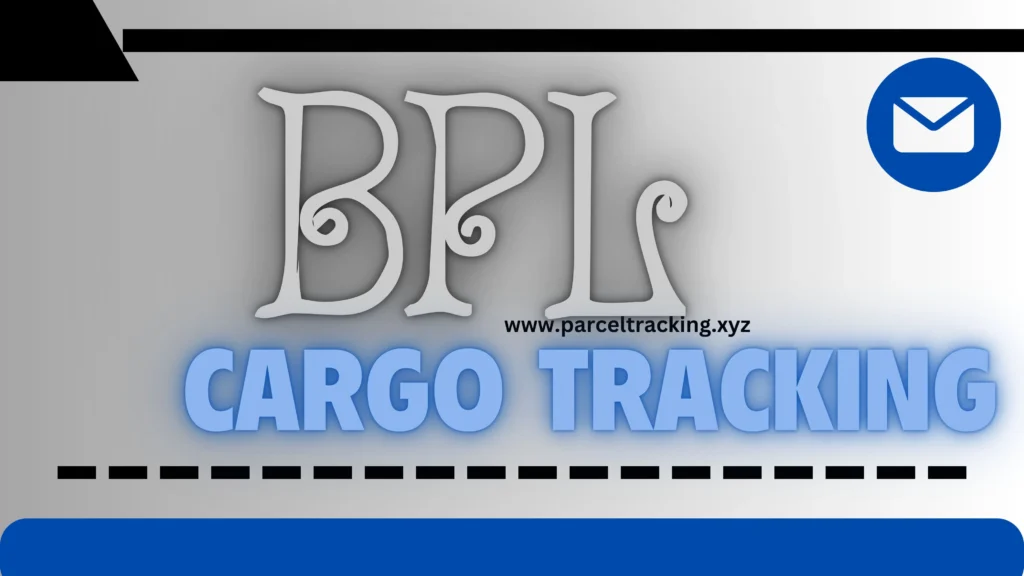
Common Tracking Statuses Explained
- In Transit
- The package is moving between locations
- A normal part of the shipping process
- Out for Delivery
- The shipment has reached the local distribution center
- Will be delivered to final destination soon
- Delivered
- The package has reached its destination
- Typically includes date and time of delivery
Troubleshooting Tracking Issues
What to Do When Tracking Seems Stuck
- Double-Check Tracking Number
- Verify you’ve entered the correct number
- Check for any typing mistakes
- Wait 24-48 Hours
- Sometimes tracking updates can be delayed
- Patience is key in logistics
- Contact Customer Support
- Reach out to BPL Cargo’s support team
- Provide detailed information about your shipment
Security and Privacy in Cargo Tracking
Protecting Your Shipment Information
- Use secure, official tracking platforms
- Avoid sharing tracking numbers publicly
- Be cautious of phishing attempts
Advanced Tracking Features
Mobile and Online Tracking Options
- Mobile Apps: Track shipments on-the-go
- Email Notifications: Automatic updates sent to your inbox
- Custom Alerts: Set up personalized tracking preferences
International Cargo Tracking Considerations
Global Shipping Challenges
- Different countries have varied tracking systems
- Potential delays at customs
- Multiple carrier handoffs can complicate tracking
Cost Implications of Tracking Services
Understanding Tracking Fees
- Some basic tracking is often free
- Advanced tracking might include additional charges
- Check with your specific shipping provider
Future of Cargo Tracking
Emerging Technologies
- Artificial Intelligence: Predicting more accurate delivery times
- Internet of Things (IoT): Enhanced real-time tracking
- Blockchain: Improved shipment transparency
The Evolution of Cargo Tracking
Historical Context of Shipping Logistics
Before modern tracking technologies, shipping was like sending a message in a bottle. Businesses and individuals had little to no visibility into their packages’ journeys. Imagine waiting weeks or months without knowing if your important shipment would arrive safely!
The development of cargo tracking represents a revolutionary change in how we understand transportation and logistics. It’s similar to how GPS transformed navigation – suddenly, we went from guessing to knowing exactly where things are.
Deep Dive into Tracking Technologies
Sensor-Based Tracking Systems
Modern cargo tracking isn’t just about location – it’s about comprehensive monitoring. Advanced sensor technologies can now track:
- Temperature: Critical for medical shipments or perishable goods
- Humidity: Important for sensitive materials
- Shock Detection: Monitoring potential package mishandling
- Light Exposure: Ensuring packages haven’t been inappropriately opened
Real-World Technology Examples
- RFID (Radio-Frequency Identification)
- Small chips embedded in packages
- Allows instant scanning and tracking
- Works similar to contactless payment cards
- IoT (Internet of Things) Sensors
- Connected devices that send real-time data
- Can track environmental conditions during shipping
- Provides unprecedented shipment insights
Comprehensive Tracking Ecosystem
Stakeholders in Cargo Tracking
Understanding cargo tracking isn’t just about technology – it’s about the people and processes involved:
- Shippers: Companies sending packages
- Carriers: Transportation companies moving goods
- Receivers: People or businesses getting shipments
- Logistics Managers: Professionals coordinating complex shipping networks
Tracking Workflow Explained
Think of cargo tracking like a detailed travel diary for your package:
- Origin Checkpoint: The package is registered and initial data is logged
- Transit Checkpoints: Multiple scans track package movement
- Transfer Points: Recording handoffs between different transportation modes
- Destination Verification: Final confirmation of package arrival
Advanced Tracking Challenges
Global Shipping Complexities
International shipping introduces unique tracking challenges:
- Customs Inspections: Can cause unexpected delays
- Multiple Carrier Handoffs: Increases tracking complexity
- Different Technological Standards: Varying tracking capabilities across countries
Environmental and Sustainability Considerations
Green Tracking Technologies
Modern cargo tracking isn’t just about efficiency – it’s becoming increasingly environmentally conscious:
- Route Optimization: Reducing unnecessary transportation
- Carbon Footprint Tracking: Measuring the environmental impact of shipments
- Efficiency Algorithms: Minimizing waste in logistics networks
Legal and Compliance Aspects
Tracking Regulations
Different countries have varying regulations about:
- Data Privacy: Protecting shipment information
- Security Protocols: Preventing unauthorized tracking access
- Information Sharing: Guidelines for tracking data transmission
Psychological Impact of Tracking
Customer Expectations and Experience
Real-time tracking has transformed customer psychology:
- Increased transparency
- Reduced shipping anxiety
- Enhanced trust in logistics providers
- Expectation of instant information
Training and Skill Development
Career Opportunities in Tracking Technologies
Emerging tracking technologies are creating exciting career paths:
- Logistics Technology Specialists
- Supply Chain Analysts
- IoT Integration Experts
- Data Security Professionals
Economic Implications
Tracking as a Business Strategy
Advanced tracking provides:
- Cost reduction through efficiency
- Improved customer satisfaction
- Better inventory management
- Risk mitigation in complex supply chains
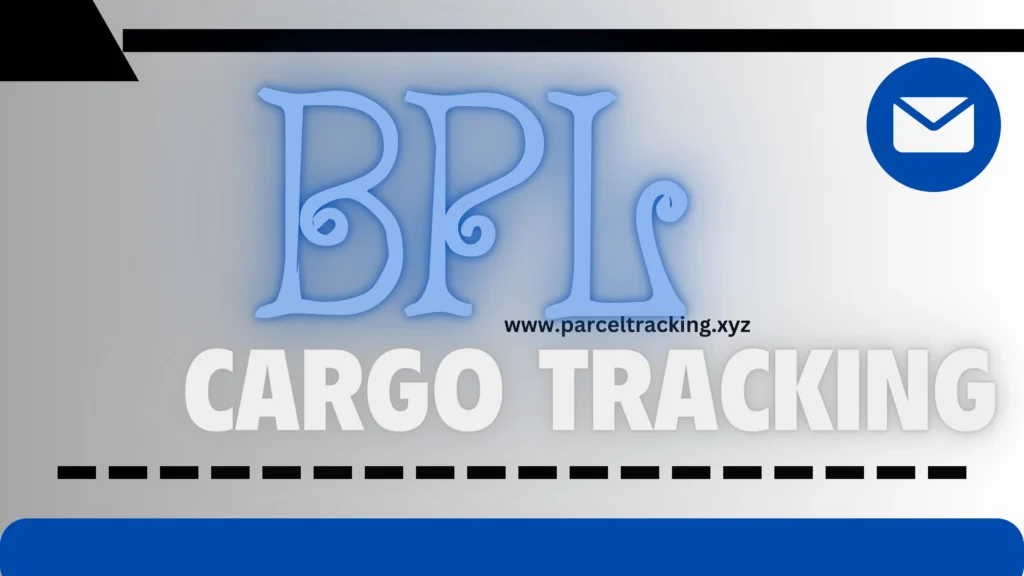
Emerging Future Technologies
Next-Generation Tracking Innovations
Exciting technologies on the horizon:
- Artificial Intelligence predictive routing
- Quantum Sensing for ultra-precise tracking
- Blockchain for immutable shipment records
- Autonomous Vehicle integration
Conclusion: The Tracking Revolution
Cargo tracking has transformed from a simple location service to a complex, intelligent ecosystem. It’s not just about knowing where a package is – it’s about understanding its entire journey, ensuring its safety, and optimizing global logistics.
Final Reflection Questions
- How might tracking technologies continue to evolve?
- What new possibilities could emerge in the next decade?
- How do tracking systems impact your daily life?
Comprehensive Resource Guide
Recommended Learning Paths
- Online logistics courses
- IoT technology workshops
- Supply chain management certifications
Tracking Technology Glossary
- API: Application Programming Interface
- GPS: Global Positioning System
- RFID: Radio-Frequency Identification
- IoT: Internet of Things
Expert Recommended Resources
- Logistics Management Journals
- Technology Innovation Conferences
- Supply Chain Technology Forums
(FAQs) About BPL Cargo Tracking
1. What Exactly is Cargo Tracking?
Cargo tracking is like having a digital detective following your package’s entire journey. Imagine you’ve sent a birthday gift to your grandma. Cargo tracking lets you see exactly where that package is at any moment – whether it’s just left the warehouse, is traveling on a truck, or is about to be delivered to her doorstep.
Key Points:
- Real-time location monitoring
- Provides package movement details
- Offers peace of mind for shippers and receivers
2. How Do I Find My Tracking Number?
Finding your tracking number is like having a special passport for your package. You’ll typically find it:
- On your shipping receipt
- In confirmation emails
- Provided by the shipping company
- Printed on your shipping label
Pro Tip: Always save this number! It’s your golden ticket to package information.
3. Is Cargo Tracking Free?
Most basic tracking services are free, much like checking the status of a text message. However, some advanced features might cost extra:
- Basic tracking: Usually free
- Real-time notifications: Often complimentary
- Detailed route information: Might have additional charges
- Premium tracking services: Could require payment
4. How Accurate is Cargo Tracking?
Tracking accuracy is like a weather forecast – very good but not always 100% perfect. Most modern tracking systems are:
- Accurate within a few hours
- Updated at major transportation checkpoints
- Providing estimated delivery times
- Continuously improving with technology
5. What If My Tracking Information Isn’t Updating?
Don’t worry! Tracking delays happen. Here’s what to do:
- Wait 24-48 hours
- Double-check your tracking number
- Contact customer support
- Verify you’re using the correct tracking platform
Think of it like waiting for a text back from a friend – sometimes it takes a little time.
6. Can I Track International Shipments?
International tracking works similarly to domestic tracking, but with some extra challenges:
- Customs checkpoints can cause delays
- Different countries have varying tracking technologies
- May involve multiple transportation providers
- Tracking might be less frequent or detailed
7. What Technologies Enable Cargo Tracking?
Tracking uses several cool technologies:
- GPS: Satellite-based location tracking
- RFID: Radio chips that send location signals
- Barcode Scanning: Tracking at different checkpoints
- IoT Sensors: Advanced monitoring of package conditions
It’s like giving your package a smartphone that constantly shares its location!
8. How Secure is My Tracking Information?
Security is a top priority in cargo tracking:
- Official platforms use encryption
- Personal information is protected
- Tracking numbers are unique and randomized
- Companies follow strict data protection laws
9. What Information Can I Get from Tracking?
Tracking provides a wealth of information:
- Current package location
- Estimated delivery date and time
- Transportation method
- Checkpoint history
- Potential delivery delays
10. Do Different Shipping Companies Have Different Tracking Systems?
Yes! Each shipping company has its own tracking system, but they generally follow similar principles:
- Unique tracking numbers
- Online tracking platforms
- Mobile app tracking
- Checkpoint updates
- Estimated delivery information
The basic process remains consistent across most providers, making tracking relatively user-friendly.
Bonus Tip: Tracking Best Practices
- Always keep your tracking number
- Check tracking regularly but don’t obsess
- Understand that delays can happen
- Contact support if something seems wrong
- Use official tracking platforms
Remember: Cargo tracking is your window into your package’s journey. It transforms shipping from a mysterious process to a transparent, understandable experience!
